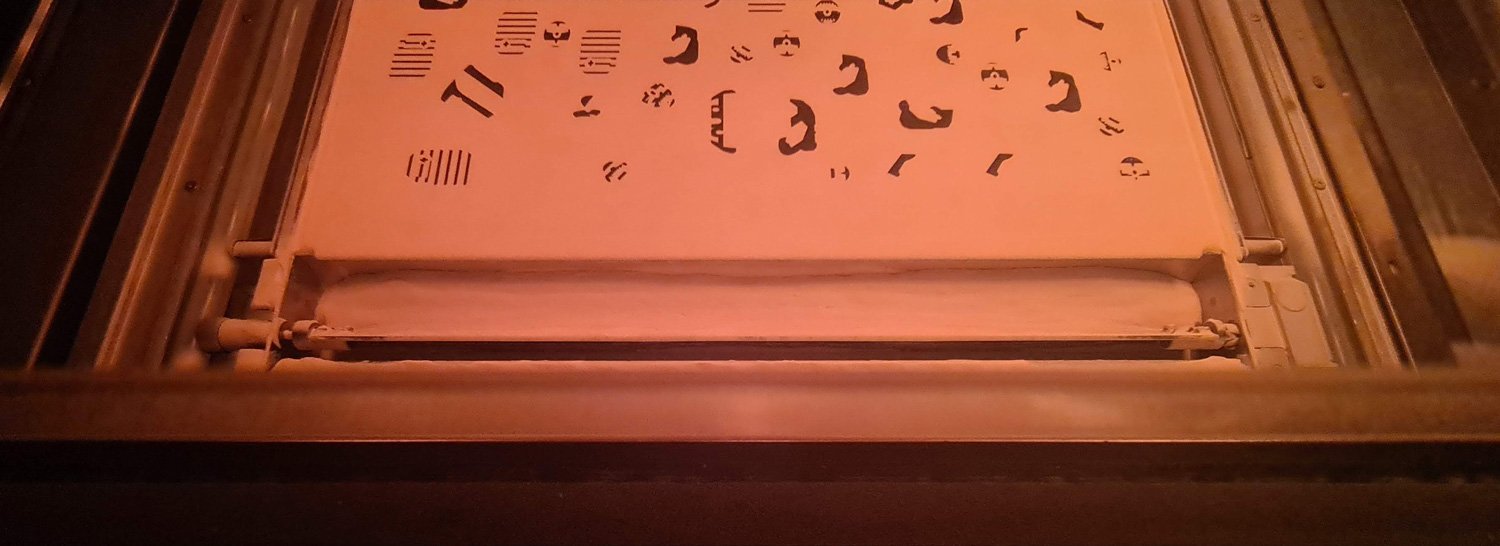
MJF 3D PRINT TECHNOLOGY.
HP Multi Jet Fusion (MJF) is a powder-bed fusion 3D printing technology that allows for the production of accurate, functional prototypes and end use parts. Unrivalled speed, accuracy and repeatability make it ideal for additive manufacture.
At our dedicated Print Lab based in Peterborough you’ll see the following setup. The Printer creates and builds the parts inside a build unit trolley which is transferred over to the Processing Station after printing. It will then be set to cool, recover the excess powder and remove finished parts.
How does MJF work?
We take your 3D file, orientate it at the optimum angle before nesting in, and any copies, in a ‘build’. The example below shows a build of small parts. It may look random but each part calculated to distribute evenly in order to manage the heat which optimises part tolerances.
Max Build/Part size: 380x284x380mm
Min wall thickness: 1mm
Max wall thickness: 8mm
Min surface detail: 0.5mm
Tolerances: For well-designed parts, a dimensional accuracy of ±0.3 mm up to 100 mm and 0.3 % above that value. These values are measured after sand-blasting.
Layer height: 0.08mm
The actual printing process begins with a 0.08mm layer of pre-heated polymer powder that is spread across a build unit inside the printer. Printheads selectively lay down agents (ink) on each layer to form a slice of each part. After thousands of layers and abount 16hrs a large block of fused and unfused powder is left inside the build unit.
After printing, the build unit is transferred to the processing station which fast cools the block. After another 12hrs the white powder is recovered by vacuum and the fused grey finished parts are revealed and removed by hand. The surrounding white unfused powder which acted as support is held in a recycling tank to be reused in the next build. The reuse rate of MJF PA12 is 80% compared to SLS at 50% allowing the process to be economical and efficient.
Print the impossible
The MJF process does not require support structures, thus enabling the design of complex geometries which would be prohibitively expensive or not even possible to produce with traditional manufacturing processes.
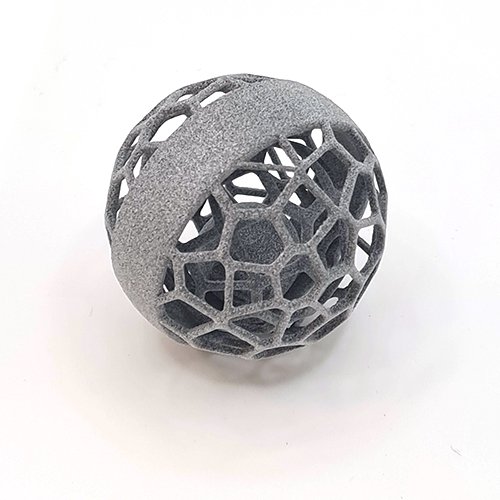
Multiple body objects
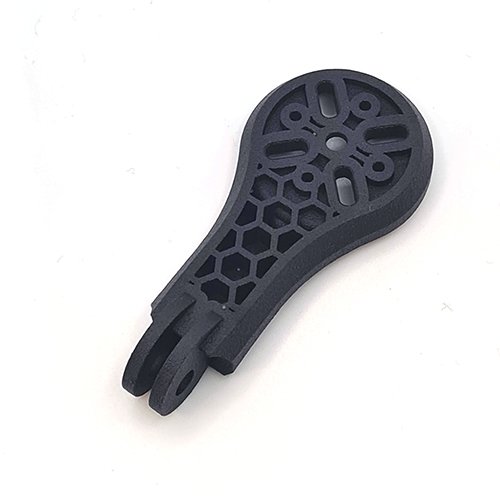
Optimise material use
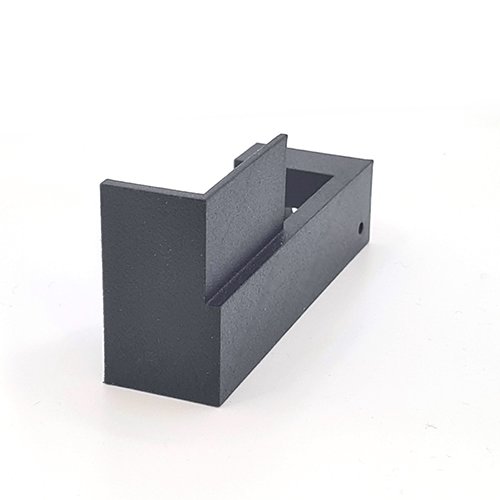
Draft angles not required
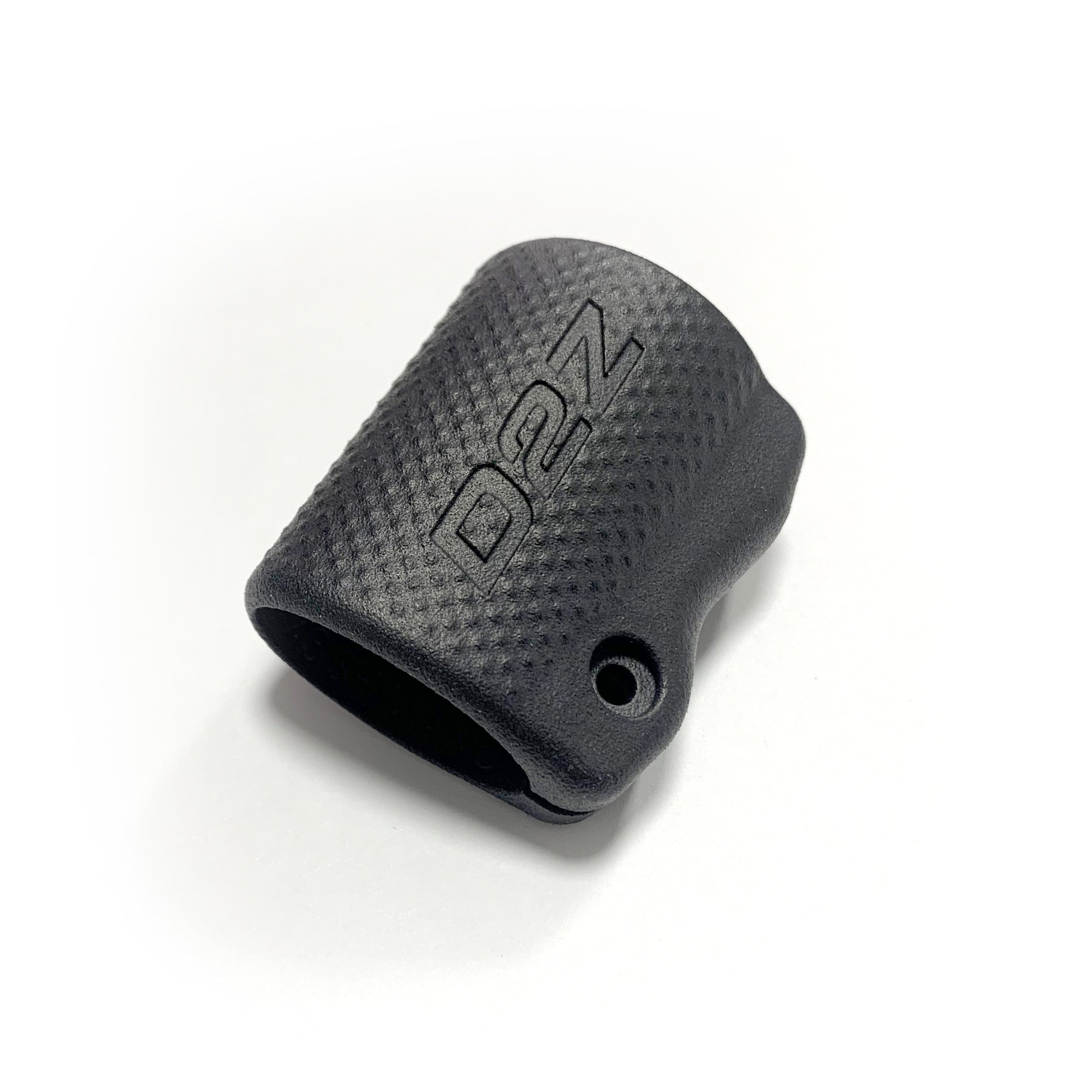
Logos and texture
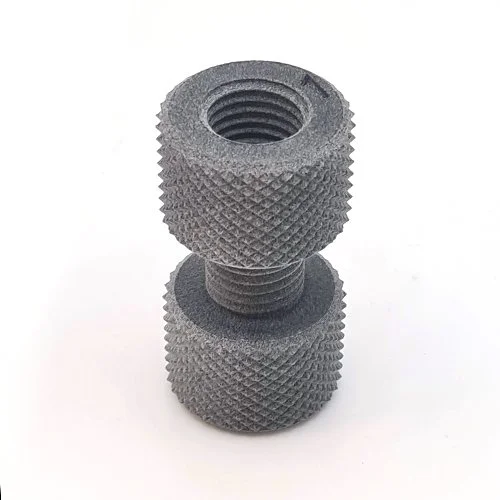
Working threads

Lattice Structures



